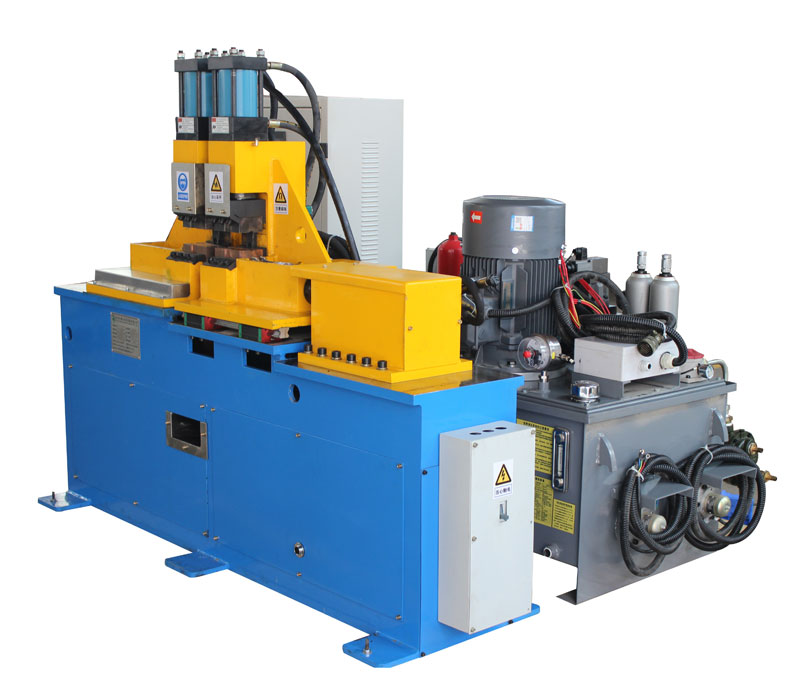Solutions to Address Yellowing of Welding Surfaces in Flash Butt Welding Machines
Flash butt welding is a widely used method for joining metal components in various industries. However, one common issue encountered in this process is the yellowing of the welding surfaces. This discoloration can negatively impact the quality and integrity of the weld, making it essential to find effective solutions to prevent or address this problem.
Causes of Yellowing:
Yellowing of welding surfaces in flash butt welding can be attributed to several factors. Some of the primary causes include:
- Oxidation: Excessive exposure to oxygen during the welding process can lead to the formation of oxides on the metal surfaces, resulting in yellowing.
- Heat and Pressure Imbalance: An uneven distribution of heat and pressure during the welding process can cause discoloration in certain areas.
- Inadequate Material Preparation: Improperly cleaned or contaminated surfaces can contribute to yellowing during welding.
Solutions to Prevent or Address Yellowing:
To ensure the highest quality welds in flash butt welding, the following solutions can be applied to prevent or address the issue of yellowing:
- Controlled Atmosphere: Welding in a controlled atmosphere, such as a vacuum or an inert gas environment, can significantly reduce oxidation and minimize the formation of oxides. This helps maintain the natural color of the metal surfaces.
- Proper Heat and Pressure Distribution: Ensuring an even distribution of heat and pressure across the welding surfaces is crucial. This can be achieved by optimizing the welding parameters and using high-quality welding equipment with precise control.
- Effective Material Preparation: Thoroughly clean and degrease the metal surfaces before welding. Proper surface preparation minimizes the risk of contamination and promotes better adhesion during the welding process.
- Post-Weld Surface Treatment: After welding, consider using post-weld surface treatments, such as pickling or passivation, to remove any residual oxides and restore the original appearance of the metal.
- Quality Control and Inspection: Implement a rigorous quality control and inspection process to detect any discoloration immediately. Prompt identification allows for quick corrective actions to be taken.
- Material Selection: In some cases, choosing metals with better resistance to oxidation, such as stainless steel or other corrosion-resistant alloys, can help mitigate yellowing issues.
In conclusion, yellowing of welding surfaces in flash butt welding machines can be effectively prevented or addressed through a combination of proper material preparation, controlled welding conditions, and post-weld treatments. By implementing these solutions, manufacturers can ensure that their welded joints meet the required quality standards and maintain their original appearance.
